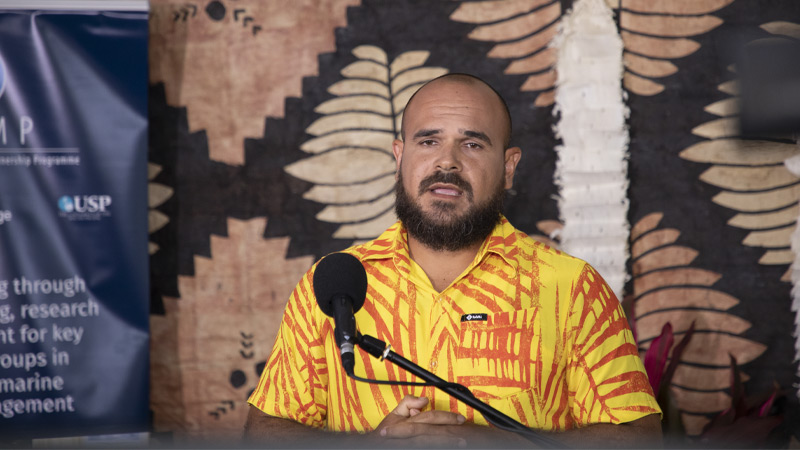
Suva has become one of the main hot spots for marine pollution in terms of the amount of microplastic in our waters, and researchers have now found high levels of microplastic in seafood from these areas.
This has been highlighted in USP’s virtual live event for the Pacific European Union Marine Partnership Programme Research, which was done by Andrew Paris.
Paris says microplastic is found in all the bodies of water in Fiji which is then ingested by sea life.
He adds this problem will have health risks when we consume the seafood.
Paris says through studies conducted in areas in Laucala Bay, Suva Harbour and in the Veisari region, they found that 66 percent of the fish had at least one microplastic in them.
Paris says the Suva inshore environment has the highest amount of Poly-ethylene - a chemical which is a major component to make plastic and is proven to be harmful to humans.
He says a constant source of microplastic is the Kinoya Wastewater Treatment Plant which flushes out water that contains micro fibre and strands of mircoplastic.
Paris says that as Pacific Islander, seafood is an important part of our diet yet microplastic which is ingested by fish pose health risks to humans.
USP’s Dean Of The Faculty of Science, Technology and Environment, Associate Professor Anjeela Jokhan says they hope that this research will be used to educate people on the dangers of plastic and the threat it poses to marine life and human beings.
She hopes policies can be made to help reduce this current problem of microplastic.
Stay tuned for the latest news on our radio stations

